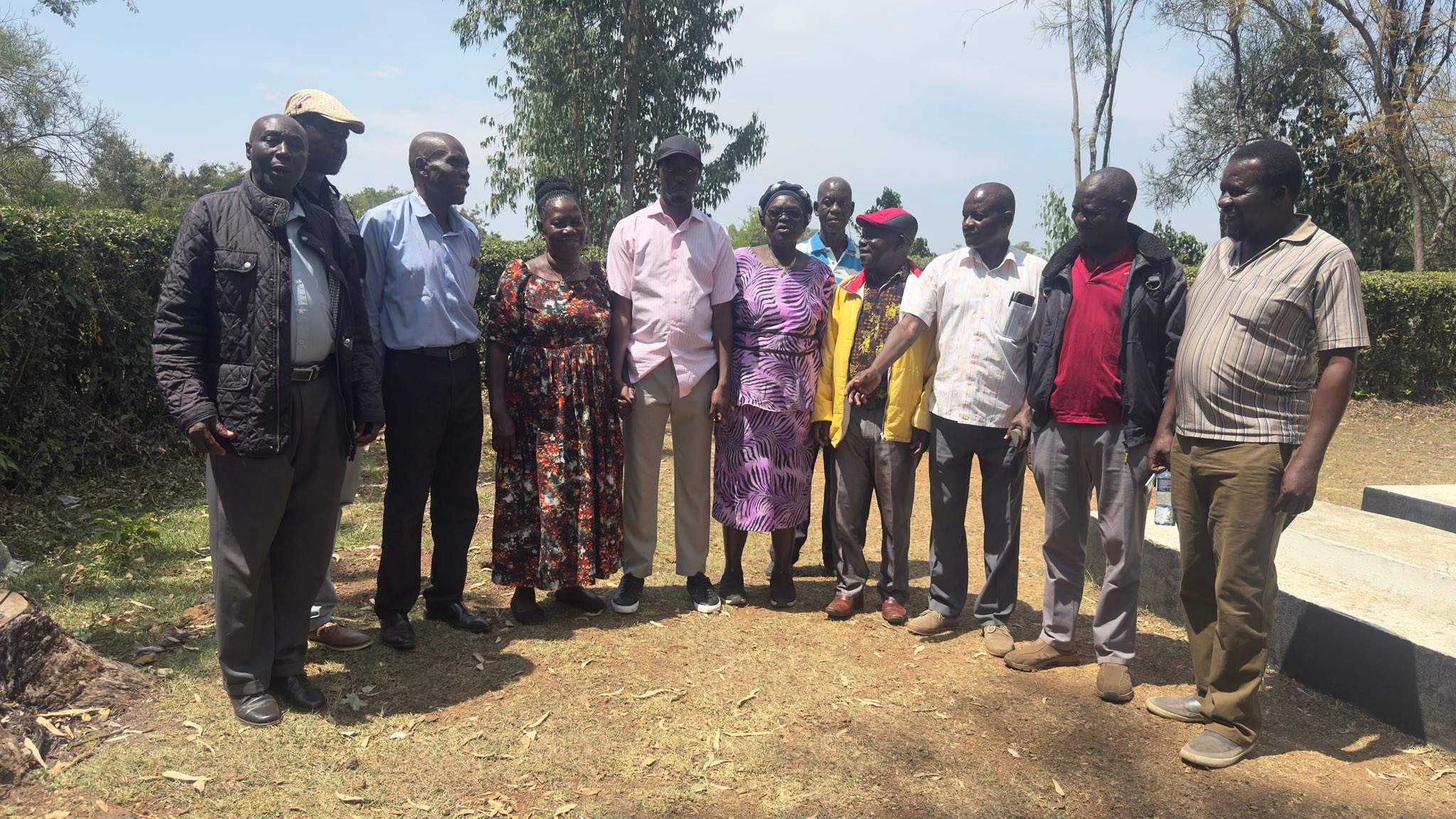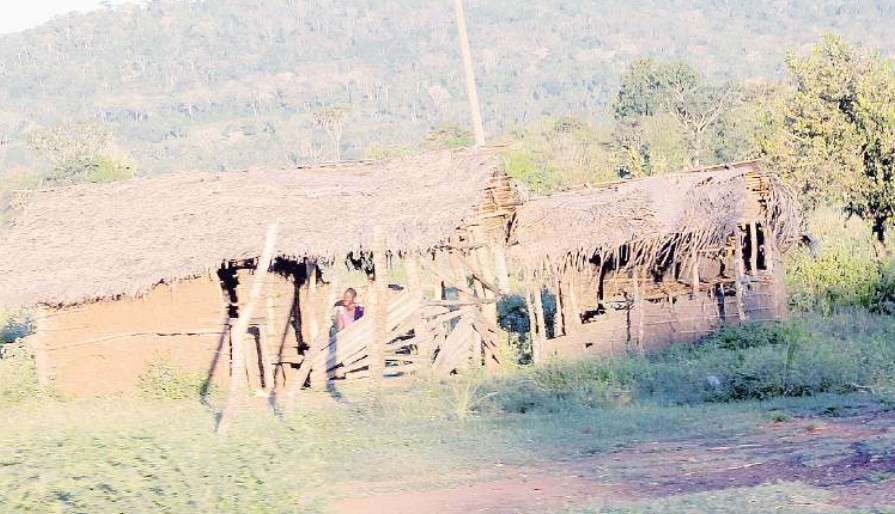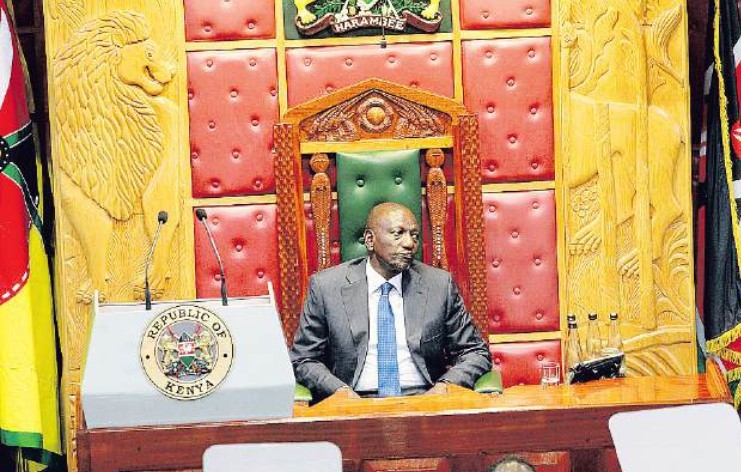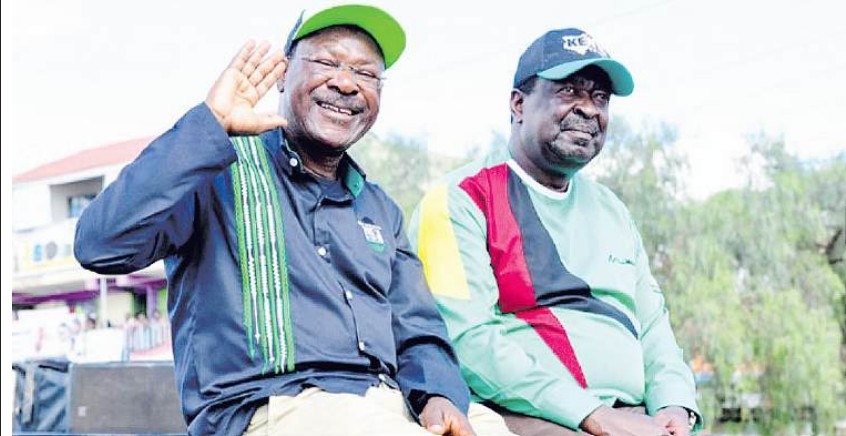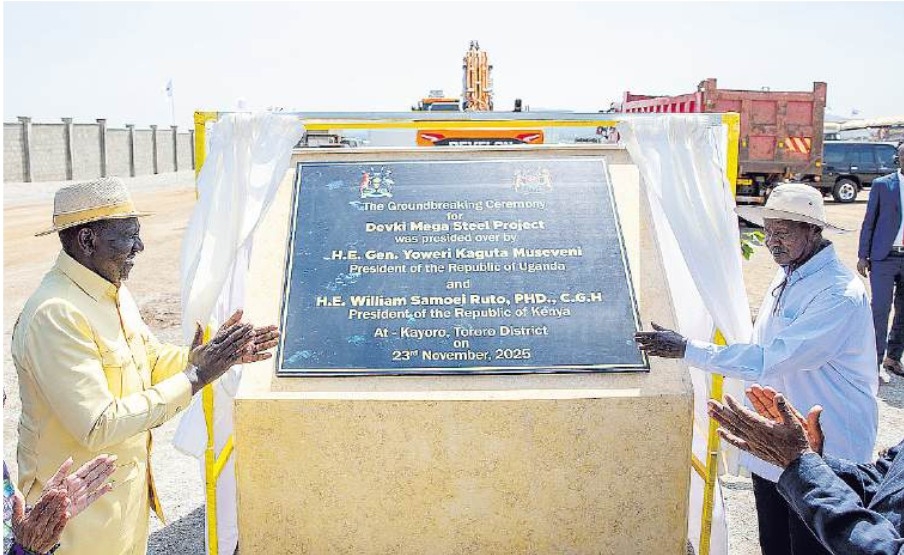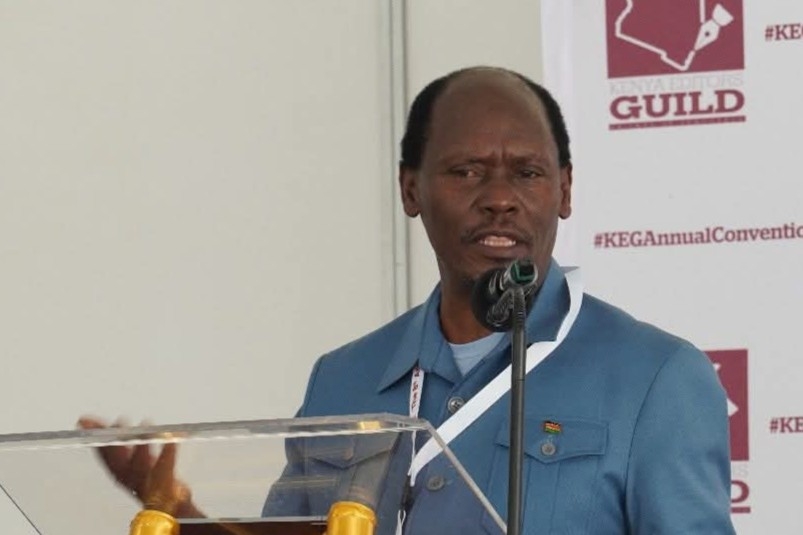
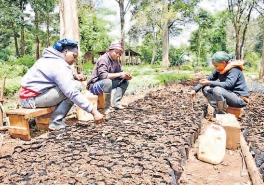
BY PS UMMI BASHIR
Kenya stands at a unique crossroads, where its cultural heritage and natural environment converge to form a potent force in global climate change diplomacy.
With climate-related challenges becoming more severe across Africa, infusing traditional wisdom into climate adaptation and mitigations offers a promising holistic approach to addressing climate change.
By emphasising the intrinsic relationship between culture and environmental stewardship, Kenya can develop a model that sees cultural heritage as a central driver in building climate resilience and promoting sustainable development.
TRADITIONAL KNOWLEDGE
One of Kenya’s strongest assets in the fight against climate change lies in the knowledge held by its indigenous communities.
From sustainable pasture management by some pastoral communities of the north to water harvesting techniques employed along the coastal region, traditional knowledge systems in Kenya offer a lot of resilience and sustainability.
Most of these methods have been tested for generations, with people in each region developing ways to manage the available land and water in a way that is best suited to the location’s geography.
Understanding this, Kenya has encouraged policies that apply indigenous knowledge alongside the current scientific methodologies, premised on the fact that climate change can be mitigated by balancing traditional practices with new technology.
Engaging indigenous communities and recognising their insights can result in better strategies towards climate change.
Communities become active participants, rather than mere recipients, of environmental policies, creating a stronger foundation for long-term climate resilience.
Thus, in acknowledging and valuing traditional practices, Kenya not only preserves its cultural heritage but also enables local support for environmental adaptation.
CULTURAL DIPLOMACY
Kenya’s approach to climate diplomacy leverages its rich cultural heritage to underscore the importance of global climate action.
Cultural festivals, traditional art, and environmental stories are ways that communities can communicate issues related to climate resilience in an understanding and relatable manner to international communities.
These cultural expressions are powerful diplomatic tools, fostering understanding and empathy while promoting climate action.
Culture also plays a crucial role in incorporating climate advocacy because it crosses barriers that include language and nationality.
For instance, an awareness creation project that uses Maasai beadwork to encourage reforestation is much closer to the theme of sustainability and respect for natural resources than raw scientific information.
This cultural lens broadens the appeal of Kenya’s climate message, making it accessible and relatable to people worldwide who may not share the same environmental challenges but understand the value of cultural preservation and community-led action.
NATURE-BASED SOLUTIONS
Kenya’s diverse landscapes, from savannas to forests, not only support a wide range of species but also play a vital role in sequestering carbon and regulating local climates.
Therefore, implementing nature-based solutions that align with local cultural practices, is a demonstration of how conservation eff orts can benefit both people and the environment.
For instance, Initiatives such as community-led reforestation in the Mau Forest and community involvement in forest conservation as caregivers can be a suitable approach where communities are at the center of climate change action while at the same time benefiting from climate financing.
These efforts highlight how protecting ecosystems can drive economic growth, support biodiversity, and bolster climate resilience.
When local communities are empowered to lead these initiatives, conservation becomes a source of pride and ownership rather than an externally imposed obligation.
Nature-based solutions that incorporate culture are fundamental to creating a harmonious relationship between people and their environment, which is essential to reaching sustainable climate action.
YOUTH AND COMMUNITIES
Youths are an asset in climate diplomacy in Kenya.
They are among the most influential in the fight against climate and environmental change.
Through grassroots initiatives and innovative projects, Kenya’s youth can promote sustainable practices by combining cultural heritage with ecological activism.
For example, many young activists are employing social media as a tool for advocacy.
This can be applied to climate advocacy to raise awareness about deforestation and plastic pollution, connecting global audiences with Kenya’s environmental challenges.
These social media activists
can strengthen climate change diplomacy as a shared problem that
threatens our natural environment
The writer is the Principal Secretary
State Department
for Culture, the Arts
and Heritage






